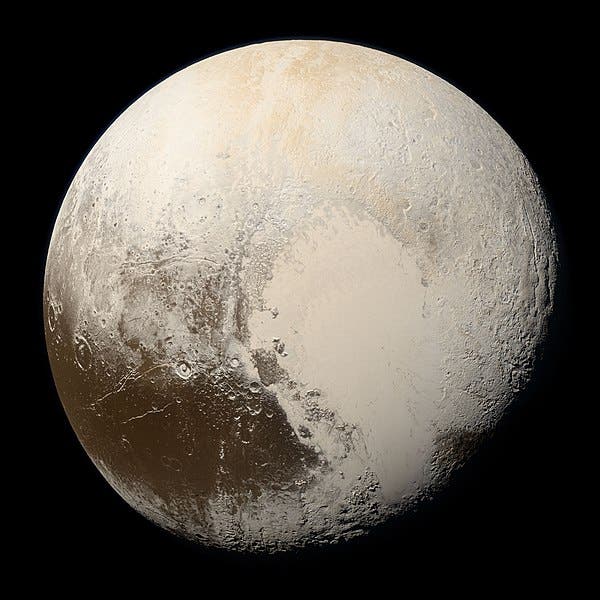Our little corner of the universe just got a little bigger.

Image via Wikimedia.
Data from the Dark Energy Survey (DES) helped researchers identify over 300 new trans-Neptunian objects (TNOs), minor planets located beyond the orbit of Neptune. A new study describes the methodology used, which the team hopes will be adapted in the search for the hypothetical Planet Nine and other undiscovered planets.
Worlds aplenty
“The number of TNOs you can find depends on how much of the sky you look at and what’s the faintest thing you can find,” says Gary Bernstein, a Chair Professor at the University of Notre Dame’s College of Engineering and paper co-author.
“Dedicated TNO surveys have a way of seeing the object move, and it’s easy to track them down. One of the key things we did in this paper was figure out a way to recover those movements.”
The DES, which completed six years of data collection in January, captures high-fidelity images of the southern skies in an effort to understand the nature of dark energy. However, researchers seem to have been intent on teaching it a few tricks, and used the data to look for TNOs.
While the DES was designed to take wide-angle, high-quality shots of galaxies and supernovas, the team had to adapt it to be able to track the movement of (tiny, by comparison) TNOs.
They started with a dataset comprising 7 billion “dots”, which are points of interest identified by automated software. These points were brighter than the background behind them, which could be indicative of a planet reflecting light. The next step was to remove any of them that were present on multiple nights — this signified that they were bodies such as stars or galaxies far, far away — slimming the list down to only 22 million points.
The last step involved trying to group these together into nearby pairs of triplets and check if these reappeared on several nights. By this point, the team was left with around 400 candidates. In order to establish whether these were TNOs, the team revisited the images they had for each object. Pedro Bernardinelli, a PhD candidate in physics & astronomy at the University of Pennsylvania and lead author of the paper, developed a way to stack multiple images to create a sharper view, which helped confirm whether a detected object was a real TNO. In order to verify their method, they applied it to known TNOs and introduced fake objects into the images — these were spotted as fake by the system.
After the months-long process, the team reported on 316 TNOs, including 245 discoveries made by DES and 139 new objects that were not previously published — this total represents 10% of all known TNOs. The objects orbit from around Pluto to nearly twice as far away.
The team now plans to re-run their system on the DES dataset using a lower detection threshold.
The paper “Trans-Neptunian Objects Found in the First Four Years of the Dark Energy Survey” has been published in The Astrophysical Journal Supplement Series.






